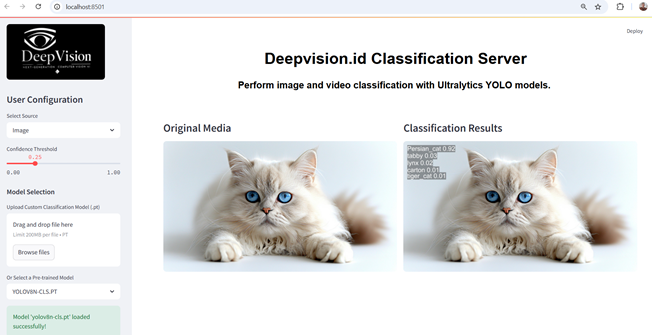Image classification is a core task in computer vision where the goal is to assign a label or category to an entire image based on its visual content. This means that the model determines what type of object or scene is present in the image, such as identifying whether an image contains a cat, a dog, or a car. Image classification plays a vital role in various real-world applications, including facial recognition, medical diagnosis (e.g., classifying types of tumors), and content moderation on social media platforms.

Modern image classification techniques heavily rely on deep learning, particularly convolutional neural networks (CNNs), which automatically learn hierarchical features from raw pixel data. Popular architectures such as AlexNet, VGG, ResNet, and EfficientNet have significantly advanced the field, achieving high accuracy on benchmark datasets like ImageNet. While image classification is relatively straightforward compared to more complex tasks like object detection or segmentation, it can still be challenged by factors such as variations in lighting, viewpoint, occlusion, and image quality. Nevertheless, continuous improvements in model architectures and training techniques have made image classification both accurate and efficient.